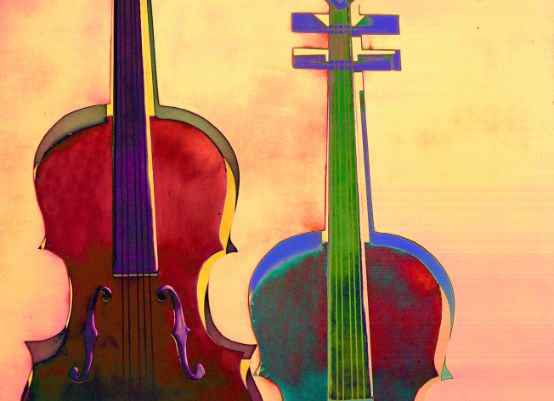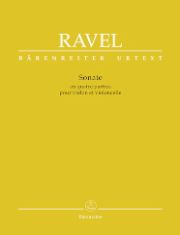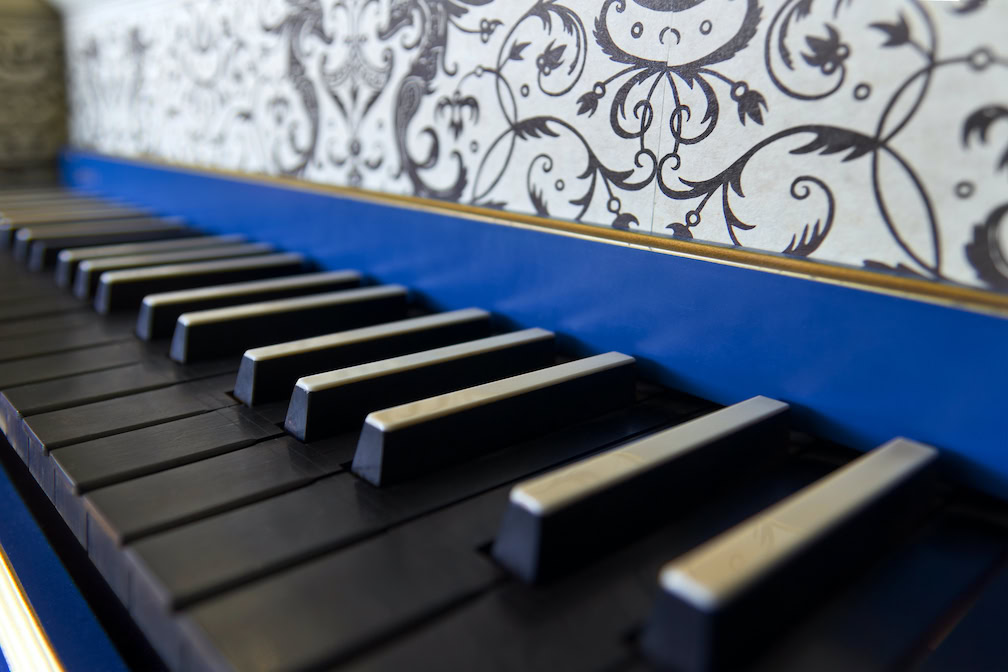One machine for two instruments
The Ravel duo for violin and cello left the first listeners scratching their heads.

Today, it is hard to imagine that Maurice Ravel's four-movement duo sonata for violin and cello was met with incomprehension by the public at its premiere in 1922 and immediately afterwards. The hitherto unusual treatment of the string instruments - Ravel asked the performers for advice on the playing techniques that were possible on the violin and cello - and the "objectification" and "de-romanticization" of the musical language marked a turning point in the composer's oeuvre. He himself described this sonata as "a machine for two instruments". Hélène Jourdan-Morhange, the violinist at the premiere, wrote in her memoirs about the meticulous work with the composer and said: "The duo, which had an almost repulsive effect at the first encounter, conceals treasures, but it treats the violin very harshly."
Today, the Ravel duo is one of the mainstays of the repertoire for this instrumentation, even though it places high demands on the performers. We have long since become accustomed to the "toughness" and even find large parts of this sonata extremely lyrical! In addition to the traditional edition by Durand & Co, Paris, Bärenreiter now offers a new Urtext edition of the work. The sources consulted are given in the preface and appendix and some are even reproduced as facsimiles of the autograph; the descriptions by Jourdan-Morhange are also quoted in detail. The presentation as a large-format playing score (the violoncello can also read the first movement "in unison" if desired) and the ingenious pagination, which allows for uninterrupted playing, are extremely helpful for the performance. However, the violinist has to turn the pages for the cello a few times!
Maurice Ravel: Sonate en quatre parties pour violon et violoncelle, Urtext edited by Douglas Woodfull-Harris, 2 playing scores, BA 9417, € 22.95, Bärenreiter, Kassel 2013









